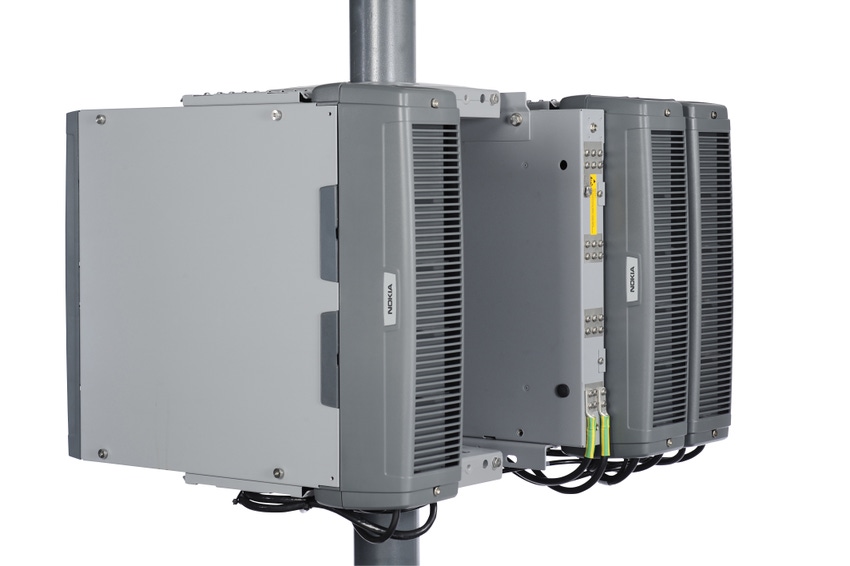Nokia Networks has announced it has bagged a 3G contract form Bharti Airtel in Mumbai, west Bengal and Bihar, which according to the Finnish infrastructure provider marks India’s first dual band, dual carrier 3G implementation.
November 13, 2014

Nokia Networks has announced it has bagged a 3G contract form Bharti Airtel in Mumbai, west Bengal and Bihar, which according to the Finnish infrastructure provider marks India’s first dual band, dual carrier 3G implementation.
The arrangement involves the refarming of 900MHz to complement Mumbai’s existing 3G network on 2100MHz. Nokia said it will provide the latest of its single RAN (radio access network) advanced platform, which is based on the vendor’s Flexi Mutliradio 10 Base Station that apparently will also support Bharti’s TD-LTE rollout and pave way for FDD-LTE in the near future.
Nokia will also implement its Flexi Lite Base Station, a small platform designed for indoor and outdoor micro-cell deployments to aid coverage in densely populated areas.
“This deal bolsters our long-term partnership with Bharti Airtel, and we are committed to helping the operator provide further improved mobile broadband experience for its customers,” Sandeep Girotra, Vice President and Head of India region, Nokia Networks said. “While Nokia’s single RAN advanced platform will ensure a reliable 3G mobile broadband connectivity, our comprehensive services will ensure smooth deployment.”
“As a brand committed to enrich lives, we continue to offer innovative data services like One Touch Internet, Re 1 entertainment store et al empowering millions across the country to leverage the power of mobile internet on our smartphone network, Network Services Group Director at Bharti Airtel, Abhay Savargaonkar said. “The association with Nokia is in line with this and will enable millions of customers to experience an enhanced 3G network in these circles.”
Unlike in western markets, Indian mobile subscribers using smartphones are still increasing rapidly, and operators need to ensure higher speed mobile broadband access is more widely available in the country.
“Expanding 3G networks as in this deal, and upgrading the existing 2G networks to 3G across the country by operators will allow subscribers to enjoy rich multi-media applications and services such as their favorite movies, online games, and sports like cricket without buffering on their mobile screen,” Partner and Head of India and South Asia at Analysys Mason, Rohan Dhamija said. Ubiquitous 3G network coverage in India means availability of high-speed broadband services to subscribers and increased revenue for operators.”
Meanwhile, Nokia Networks has also been busy elsewhere demonstrating what it said is the world’s first small cell LTE-A carrier aggregation of over 200Mbps. The company claimed throughput in hot spots and complex urban indoor and outdoor locations can be doubled by using a single micro or pico base station with the Nokia Flexi Zone small cells solution.
According to Nokia, the Flexi Zone small cells can support up to 600 active users or devices simultaneously, and the solution is already in commercial use supporting more than 150 active users per cell- a figure the company claimed exceeds a typical small cell’s capacity.
“The market success reflects the ongoing development of our Flexi Zone small cells solution,” Marc Rouanne, Executive Vice President, Nokia Networks Mobile Broadband said.
“When we first announced Flexi Zone micro and pico base stations, we did what many pundits thought was impossible by packing a macro sector’s worth of capacity into the industry’s smallest outdoor small cell and bringing full macro software parity,” “We also promised to show that it would be possible to software upgrade a small cell to LTE-A. Now we’ve done that too.”
About the Author(s)
You May Also Like








.png?width=300&auto=webp&quality=80&disable=upscale)


_1.jpg?width=300&auto=webp&quality=80&disable=upscale)


.png?width=800&auto=webp&quality=80&disable=upscale)